白板手绘图文知识解答:好点子从哪里来?
来源:希平方
图文由数英网整理编辑
One of our most innovative, popular thinkers takes on-in exhilarating style-one of our key questions: Where do good ideas come from?
过去五年,我一直在思考「好点子从哪里来?」这个问题。
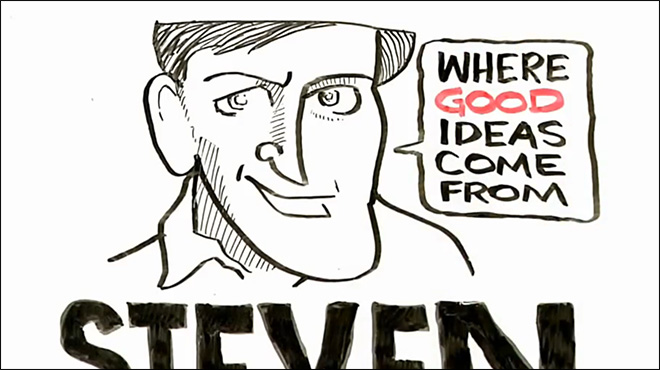
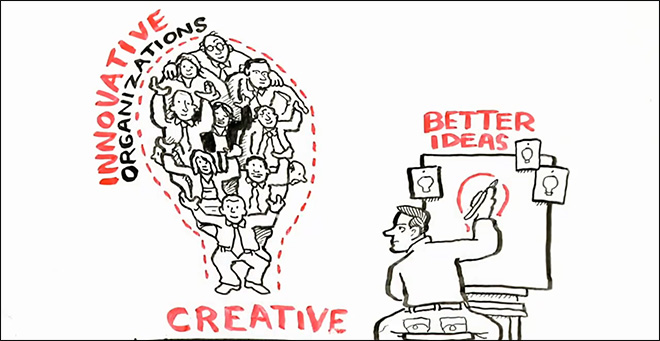
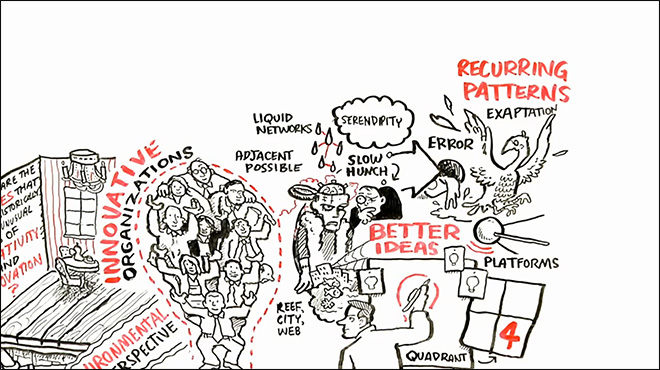
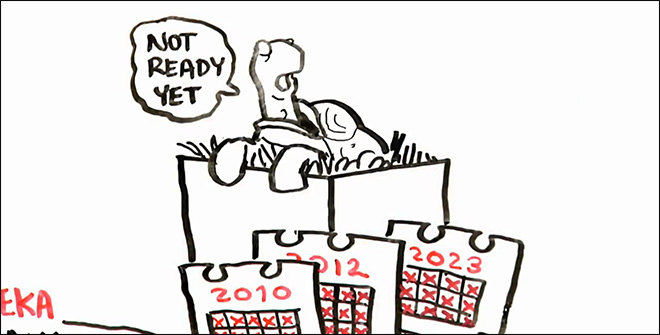
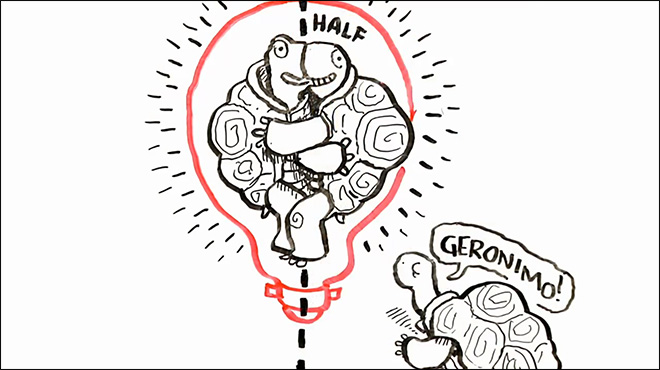
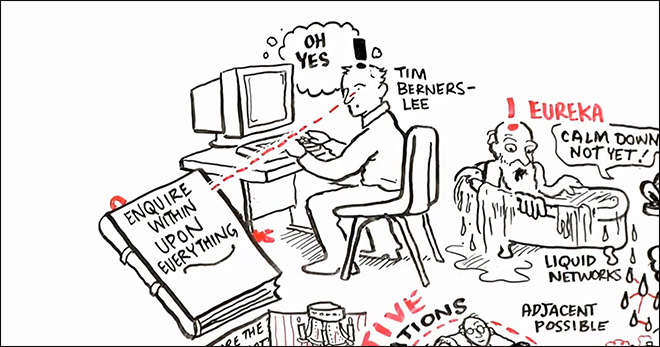
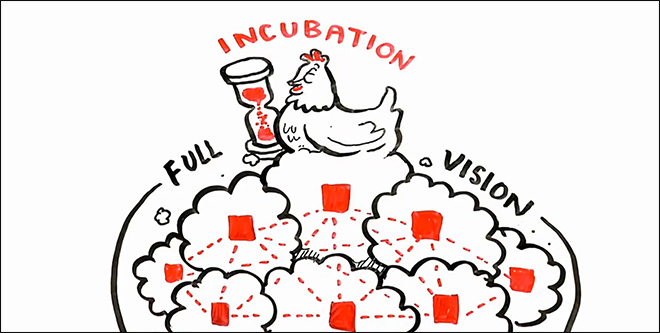
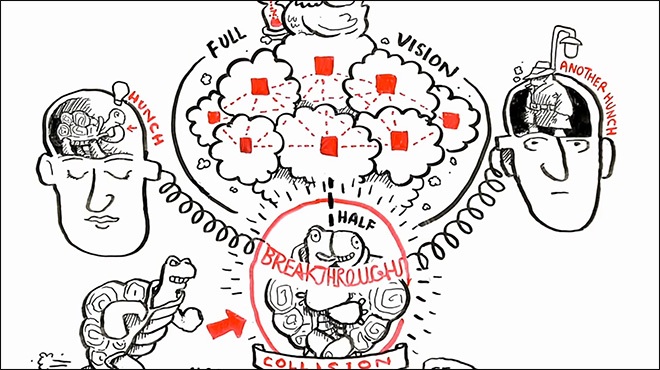
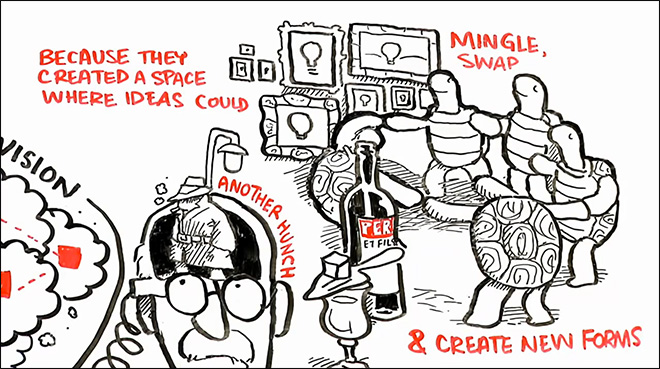
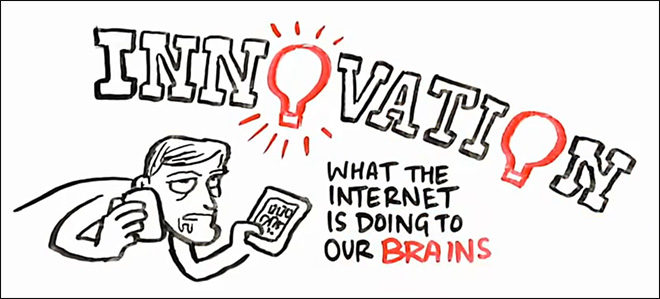
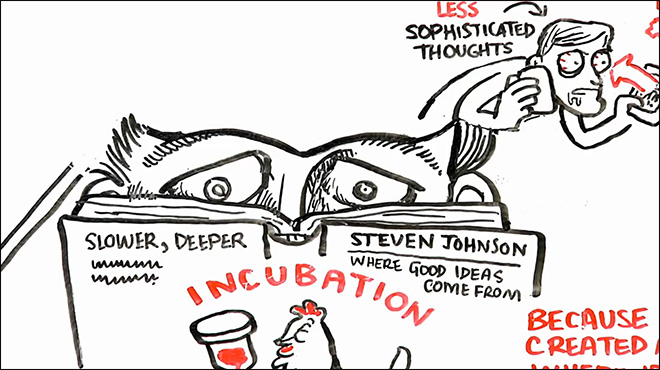
一、历史上人类之间越来越密切的联系;
二、我们向外发展以及与他人交换想法的能力;
三、借助他人预感并结合到自己预感之中,将其化作新事物的能力也很重要。
过去六、七百年在创造力和创新上的重大突破,很大程度上都归功于以上几点。
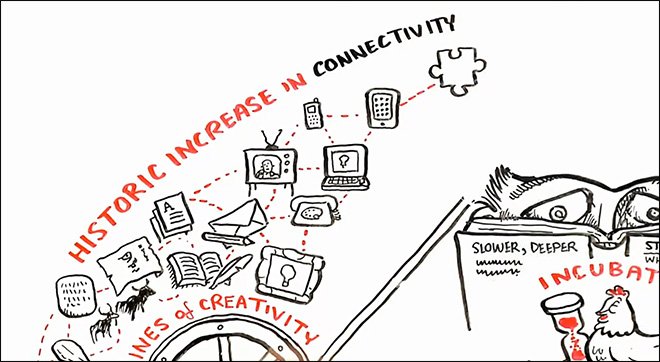

这是我从「好点子从哪里来?」的思考中学到的东西。机遇偏爱那些相互联系、交换想法的人。

英文原文:
For the past five years, I've been investigating this question of "Where good ideas come from?" It's a kind of problem I think all of us are intrinsically interested in. We wanna be more creative. We wanna come up with better ideas. We want our organizations to be more innovated. I've looked at this problem from an environmental perspective. What are the spaces that have historically led to unusual rates of creativity and innovation?What I've found in all these systems, there are these recurring patterns that you see again and again that are crucial to creating environments that are unusually innovative.
One pattern I call the "Slow Hunch". The breakthrough ideas almost never come in a moment of great insight, in a sudden stroke of inspiration. Most important ideas take a long time to evolve and they spend a longtime dormant in the background. It isn't until the idea's had two or three years, sometimes ten or twenty years to mature that it suddenly becomes successful to you and useful to you in a certain way. And this is partially because good ideas normally come from the collision between smaller hunches so that they form something bigger than themselves.
So you see a lot in the history of innovation, cases of someone who has half of an idea. There's a great story about the invention of the World Wide Web and Tim Berners-Lee. This is a project that Berners-Lee worked on for ten years. But when he started, he didn't have a full vision for this new medium he was going to invent. He started working on one project as a side project to help him organize his own data. He scrapped that after a couple years, and he started working on another thing. And only after about ten years did the full vision of the World Wide Web come into being. That is, more often than not, how ideas happen.They need time to incubate, and they spend a lot of time in this partial hunch form.
The other thing is important when you think about ideas this way is that when ideas take form in this hunch state, they need to collide with other hunches. Often times, the thing that turns a hunch into a real breakthrough is another hunch that's lurking in somebody else's mind. And you have to figure out a way to create systemsthat allow those hunches to come together and turn into something bigger than the sum of their parts. That's why, for instance, the coffee house from "The Age of Enlightenment" or the Parisian salons of modernism were such engines of creativity. Because they created a space where ideas could mingle and swap and create new forms.
When you look at the problem of innovation from this perspective, it sheds a lot of important light on the debate we've been having recently about what the Internet is doing to our brains. Are we getting overwhelmed with an always connected, multi-tasking lifestyle? And is that gonna lead to less sophisticated thoughts as we move away from the slower, deeper, contemplative state of reading, for instance?
Obviously, I'm a big fan of reading. But I think it's important to remember that the great driver of scientific innovation and technological innovation has been the historic increase in connectivity and our ability to reach out and exchange ideas with other people, and to borrow other people's hunches and combine them into our hunches, and turn them into something new. That really has, I think, been more than anything else, the primary engine of creativity and innovation of the last six hundred or seven hundred years.
And so yes, it's true we're more distracted.But what has happened that is really miraculous and marvelous over the last fifteen years is that we have so many new ways to connect and so many new ways to reach out and find other people who have that missing piece that will complete the idea we're working on, or to stumble serendipitously across some amazing new piece of information that we can use to build and improve our own idea. That's the real lesson of "Where good ideas come from?" The chance favors the connected mind.
转载请在文章开头和结尾显眼处标注:作者、出处和链接。不按规范转载侵权必究。
未经授权严禁转载,授权事宜请联系作者本人,侵权必究。
本文禁止转载,侵权必究。
授权事宜请至数英微信公众号(ID: digitaling) 后台授权,侵权必究。

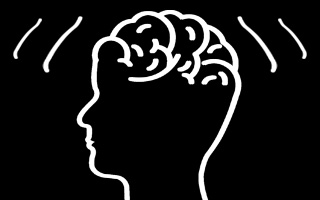







评论
评论
推荐评论
全部评论(1条)